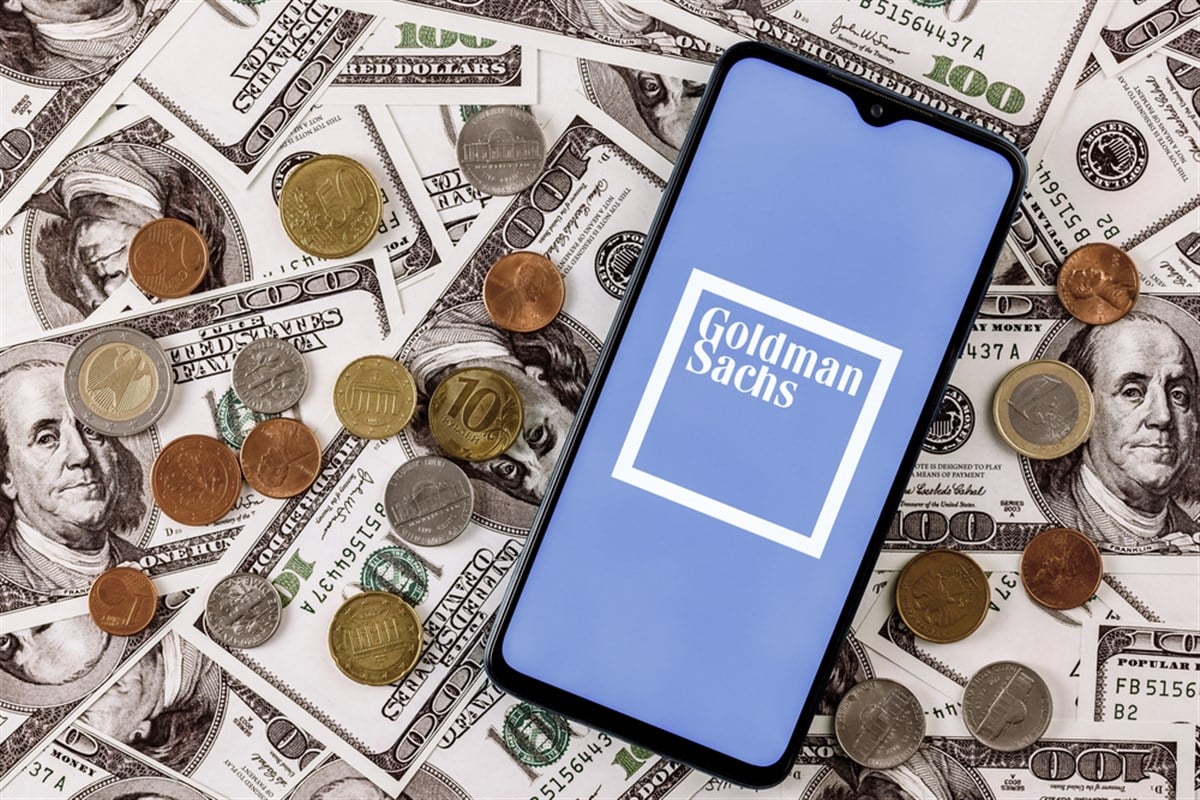A message from American Alternative Dear Reader, A little-known regulation quietly goes into effect this July. And it's already being exploited by Wall Street and the Big Banks… It gives them the green light to treat a certain tangible asset as equivalent to cold, hard cash. Not stocks. Not real estate. And definitely not the U.S. dollar. We're talking about something they don't want you to notice — because the fewer people who act on this, the better it is for them. One prominent economist even said it's now "the only form of money trusted by the banking system." Let that sink in. While everyday Americans sit in stock-heavy retirement plans, the wealthy are quietly rebalancing into this physical asset — and locking in protection the rest of the country won't have when the market turns. But here's the good news: There's an IRS-approved method that lets you shift your retirement savings into this same asset — with no taxes or penalties. We've put together a FREE Wealth Protection Guide that explains everything in plain English. Click here to get your free guide now The clock is ticking. When the new rule becomes law, expect chaos in the markets — and panic from those who waited too long. Get ahead of the curve before the next correction becomes a collapse. P.S. Every day you wait, the insiders move further ahead. Get the facts before July hits.
Today's Featured Story How Goldman Sachs Earnings Help You Strategize Your PortfolioWritten by Gabriel Osorio-Mazilli 
Key Points - Goldman Sachs earnings show investors both an opportunity and a warning for the broader stock market and their portfolios.
- With equity issuance fees at an all-time high, and M&A activity booming, there are some implications for interest rates.
- Outperforming this one peer could be a clear signal that the business cycle is about to boom.
When it comes to signals in the stock market, few unorthodox indicators are as powerful as digging into the details reported during earnings season within the financial sector. Since investment and commercial banks report activity and economic figures on consumers and businesses, these indicators can guide investors when determining the next leg of the cycle. With this in mind, one specific bank has just reported earnings. It is one of the largest and most influential entities in the stock market, providing investors with valuable insight into the broader United States economy and the S&P 500 index as a whole. Here is where The Goldman Sachs Group Inc. (NYSE: GS) and its earnings results come in as one of these gauges for investors, especially since the bank’s investment banking activities and financing measures provide deeper insight into what’s really happening in the credit and business cycle. This sentiment may influence other stocks in the future as well. A Warning and an Opportunity for Stocks The results from Goldman Sachs send a two-way message: one may act as a warning for stocks, while the other presents a potential opportunity instead. When it comes to the investment banking business at Goldman Sachs, there are two main indicators: merger and acquisition (M&A) activity on one end and equity issuance on the other. M&A activity significantly increased compared to the same quarter last year and the previous quarter. With a 71% increase on the year, M&A fees reached a high of $1.2 billion, but what really matters is the message this sends for some stocks on the market today. Since most M&A entities are typically found in the mid-to-small cap range, this new activity means that valuations are attractive enough to complete deals today, despite the relatively high cost of financing some of them with interest rates as they stand today. A translation to the public markets is that the Russell 2000 index's underperformance compared to the NASDAQ 100 and S&P 500 indexes could translate into opportunities that others have expressed, such as higher M&A activity, for public investors to find potential upside scenarios in the small-cap space. Then, for the warning, equity issuance fees reached a record of $4.3 billion (up over 36% on the year). Equity issuance is typically reserved for the larger businesses in the market, and management typically only decides to issue new stock when that same stock is perceived as expensive or above its intrinsic value. Therefore, this record issuance activity signals investors that the larger businesses in the market could be beginning to trade at overextended valuations today, and potentially overdue for a pullback into more attractive (or average) valuations in the broader market. Cyclical Signals for the Business Cycle Some professionals use one reliable metric to justify the numbers within Goldman Sachs and what is happening in real-time for the business cycle. This metric compares the price action between Goldman Sachs and a more hybrid bank, such as J.P. Morgan Chase & Co. (NYSE: JPM). This spread is because J.P. Morgan is naturally more exposed to the commercial banking cycle, with a mix of investment banking businesses as well. At the same time, Goldman Sachs is a pure investment banking play, more heavily exposed to the business and credit cycle in that sense. Over the past quarter, Goldman Sachs has outperformed J.P. Morgan's stock by over 15%, indicating that the numbers investors are seeing from the quarterly earnings are, in fact, being priced in and accepted by the public markets. To summarize this behavior and its actions, there are two main takeaways. The business cycle is going to boom again, but this next phase has a specific benefit. Judging by M&A activity, the best opportunities could be found within small to mid-cap stocks in the market, giving investors a map to follow in their hunts for the next big trade idea. A second takeaway is a warning for those who are overweight in large-cap names, as the record fees in equity issuance may be a potential signal that valuations are at the higher end of the spectrum today.
|